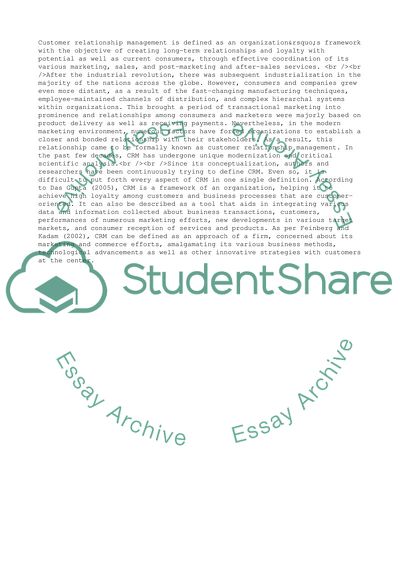Cite this document
(Key Words in Marketing Coursework Example | Topics and Well Written Essays - 2000 words, n.d.)
Key Words in Marketing Coursework Example | Topics and Well Written Essays - 2000 words. https://studentshare.org/management/1805785-assignment-2-key-words-in-marketing
Key Words in Marketing Coursework Example | Topics and Well Written Essays - 2000 words. https://studentshare.org/management/1805785-assignment-2-key-words-in-marketing
(Key Words in Marketing Coursework Example | Topics and Well Written Essays - 2000 Words)
Key Words in Marketing Coursework Example | Topics and Well Written Essays - 2000 Words. https://studentshare.org/management/1805785-assignment-2-key-words-in-marketing.
Key Words in Marketing Coursework Example | Topics and Well Written Essays - 2000 Words. https://studentshare.org/management/1805785-assignment-2-key-words-in-marketing.
“Key Words in Marketing Coursework Example | Topics and Well Written Essays - 2000 Words”. https://studentshare.org/management/1805785-assignment-2-key-words-in-marketing.


